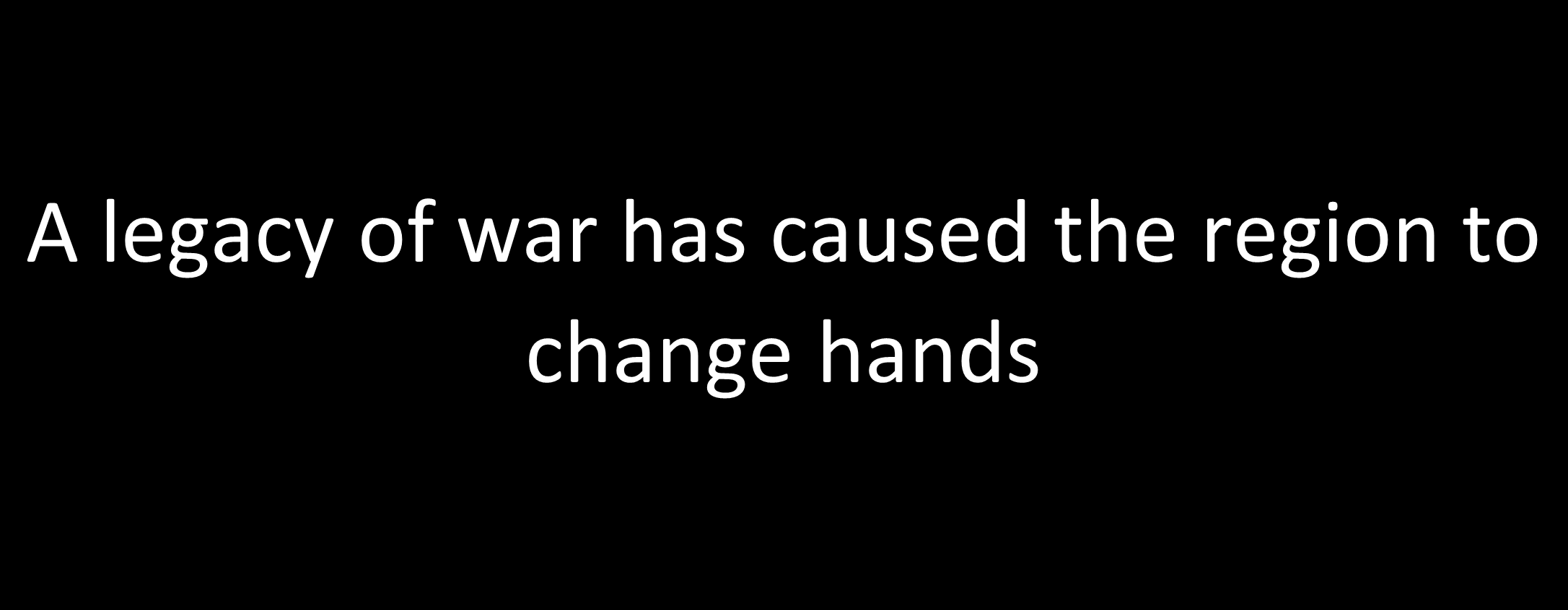Tomorrow’s story will be determined by how today’s generation handles yesterday’s truth
The racial story of the San Gabriel Valley told with the intent of empowering one community defined by the rich cultural diversity of the people inhabiting it.

Indigenous
The Kizh-Tongva people, separated in various villages, occupied SGV until the Spanish colonized the area through the mission system. Many Kizh were killed by disease, forced to convert and enslaved, or continued to rebel.

Spanish
In 1771, the San Gabriel Mission was established as California’s fourth mission. The San Gabriel Mission, like the other missions of the California missions system, was a tool of colonization that destroyed much of the indigenous tribes that previously occupied the land.

Mexican
From 1821-1846, Mexico took over Alta California (SGV) and gave out land grants called Ranchos. These were permanent grants that would allow the owners of the land to keep it forever. SGV was divided up into about ten Ranchos.

White Americans
In 1848, the U.S. and Mexican governments agreed to the Treaty of Guadalupe Hidalgo. In addition to U.S. citizenship, those occupying the former Mexican territory were to have their land rights respected. Once the treaty was passed however, these rights were not respected, at least not completely (see the Land Act of 1851).

Asian
From Chinese Removal starting in 1882 and Japanese Internment in 1942 to the Immigration and Nationality Act of 1965 to growth of Asian immigration and industry in San Gabriel Valley, the SGV Asian story is nothing short of fascinating.

Black Americans
Despite the racial restrictive covenants, white flight, redlining and other legal tools that prevented Black Americans from residing in the SGV, Black Americans have continued to play a role in the culture and racial history of the SGV.
“History despite its wrenching pain, cannot be unlived, but if faced with courage, need not be lived again.”
— Maya Angelou





